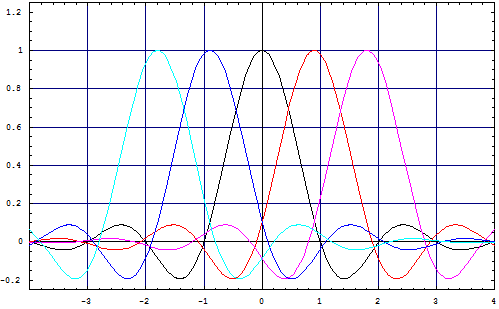Prototype Receiver for Spectrally Efficient Transmission Schemes (SERP)
Partners
- European Space Agency (ESA): Funding and control
- Joanneum Research (JR): Prime contractor
- Graz University of Technology (TU Graz): Subcontractor
- Centre Tecnologic de Telecomunicacions de Catalunya (CTTC): Subcontractor
Abstract
The future growth of capacity in satellite networks depends on the efficient use of scarce system resources, in particular on the available frequency spectrum. In this respect, the reuse of frequency bands in multi-beam satellite networks has already created a breakthrough, which allows a significant improvement of the system capacity. But theoretical investigations indicate that the relaxing of signal orthogonality constraints, mainly in terms of suitable frequency and/or waveform designs, support this ambitious goal as well.
In several past as well as on-going ESA activities, advanced interference mitigation techniques have been studied. Analytical results, obtained under ideal conditions, show that a substantial increase of capacity might be achieved. In a currently running ESA project, performed by the same consortium, an extensive study is undertaken in this context. The focus is on multi-user detection and successive interference cancellation by taking into account relevant system and payload characteristics.
Unlike conventional transmission schemes, where the interference between adjacent symbols and/or carriers are regarded as a source of impairment, in a novel approach the interference is tolerated, thus resulting in higher data rates per carrier and/or smaller carrier spacing, which both improve the spectral efficiency. However, there are several challenges ahead to achieve the target performance in a satellite channel environment.
The necessary tasks will be accomplished by means of a consortium that has substantial knowledge in the area of satellite communications, especially with respect to interference mitigation techniques, forward error correction coding as well as parameter estimation and synchronization. The implementation is achieved on an SDR platform with integrated software capable to fully validate the performance of the selected techniques. The platform includes significant processing power, which copes with the algorithmic complexity and allows the evaluation of the receiver performance under realistic test conditions.
